Farm sanitation is key to establishing and maintaining a healthy breeder flock. A thorough clean-out of a breeder facility not only includes the elimination of the dirt, dust and litter but also the disease vectors that can rapidly re-contaminate the facility. When all surfaces are free of debris and clean, the poultry house must undergo a disinfection step to further reduce and eliminate microorganisms that could be health hazards for the next breeders placed. To facilitate hygiene and sanitation, consider adopting an 'all-in/all-out' policy rearing only a single type or species of bird on the farm.
Disinfection
- Before applying disinfectants, all personnel must change into clean protective clothing and visually inspect every part of the farm facilities for cleanliness. This inspection should be done in good light and after the house and equipment have dried.
- Disinfection should be performed by moving from the top to the sides and then the bottom of the house and from the back to the front of the house. Most disinfectants are dissolved in water and contact lasts until the applied solution is dry. Foaming disinfectants can increase the contact time of disinfectants as it takes longer to dry, and consequently the antimicrobial activity of the disinfectant is extended. Proper application of disinfectants should reduce microbial loads by about 90%.
- No single disinfectant is best for all purposes. The product chosen should have been proved to be effective in independent tests against the relevant disease organisms in the region. Most of the disinfectants work best at temperatures above 20°C (68°F), but the dilution rate and the diluent water temperature used, must be in accordance with the manufacturer’s recommendation.
- Disinfectants are negatively compromised by organic matter and inactivated by extremes of pH, soap residues and minerals in the water. Hot disinfectant solutions penetrate and disinfect better than cold solutions. This is especially important with porous surfaces. Care should be taken to ensure that the disinfectant is not corrosive to the target surface.
- Formaldehyde and formalin are dangerous chemical disinfectants and pose serious health and safety hazards. In situations where local regulations permit its usage and there is a necessity, wear personal protective equipment including respirator masks and protective clothing without exception.
- Formalin is a broad-spectrum disinfectant that works in the presence of organic matter. It is advisable to use a formalin 4% end solution (commercial formalin 37.5% solution diluted 1:8 in water) and the addition of propylene glycol to formalin solution which enhances the formaldehyde vapour to penetrate pores and cracks. Fumigation is best carried out when Relative Humidity is RH 70-80% and the house temperature is 21°C (70°F). Fumigating with paraformaldehyde tablets is another option. The quantities needed will depend on the manufacturer’s recommendation. Spraying formalin solution on surfaces is generally carried out by mixing equal parts of commercial formalin and water, as a final disinfection step to the house in a form of low-pressure spray.
- Disinfection of floors: disinfection of dirty floors is virtually impossible. One common approach recommends tilling the top 10 to 15 cm of soil, then covering the entire floor area with plastic sheets and fumigating with formalin or methyl bromide gas under the plastic. Formaldehyde gas used on dirty floors is effective only on the surface, as fumigation is unable to affect pathogens at a depth of more than 2 cm.
Validation
To confirm the efficacy of facility disinfection, bacteriological samples should be collected before the next flock is placed. The best time to take a sample is two to three days after disinfection when all house surfaces have dried. However, flock biosecurity is maintained if the time between completion of cleaning and disinfection and the introduction of new flock is less than 14 days.
Samples should be evaluated by determining the total viable bacterial count per cm squared (TVC/cm²). There are several reliable methods used for sampling for TVC including direct streaking onto media, Petrifilm aerobic plate count, or ready-made medium systems. Typically, a minimum of 10 samples per house and equipment are required. The goal of cleaning and disinfecting is that all surfaces should have no more than 100 TVC/cm² and the floor samples should not exceed 1,000 TVC/cm². Sample collection for Salmonella spp. is most reliable when swabbing a large surface area(s) of the house and equipment with a sterile sponge soaked with buffer peptone water, as an enrichment medium. There is zero tolerance for Salmonella spp.
Conclusion
Under practical farming conditions site sterilization is impossible, but every possible measure which helps to reduce the risk of infection is worthwhile. Integrating a well-planned cleaning and disinfection program with sound biosecurity makes it more likely obtain successful breeder production results. Thorough cleaning and disinfection between flocks is the first step towards meeting animal welfare regulations, achieving the breed’s genetic potential and optimizing revenue according to the farm potential.


